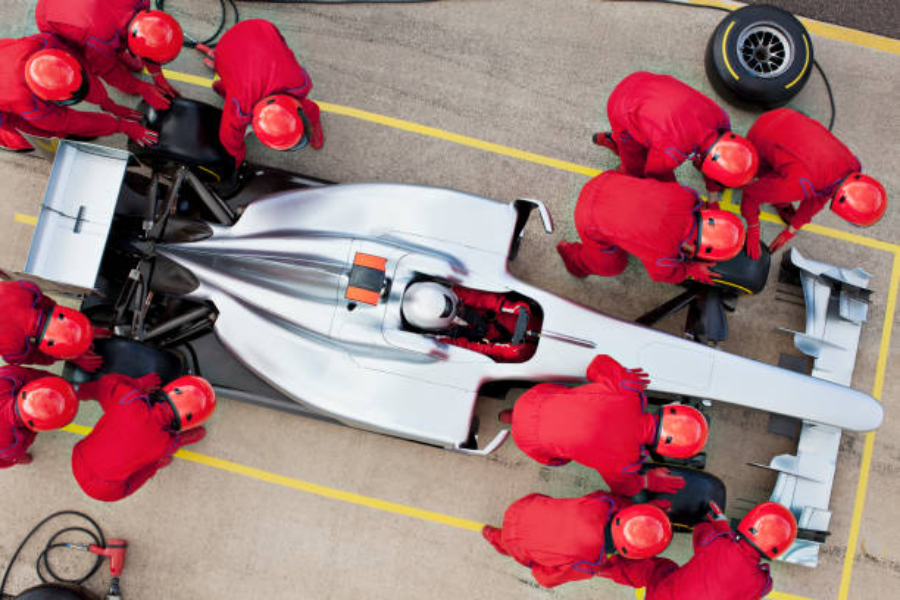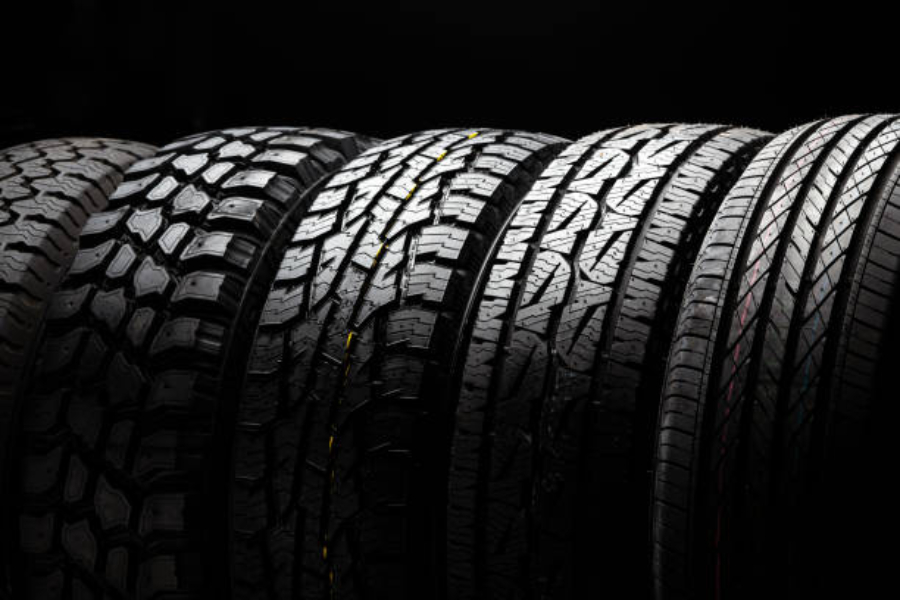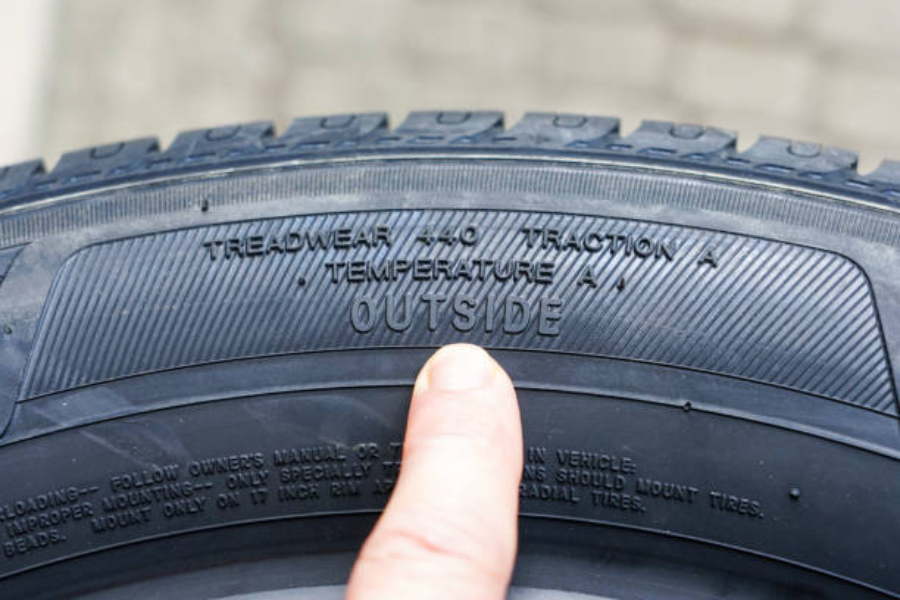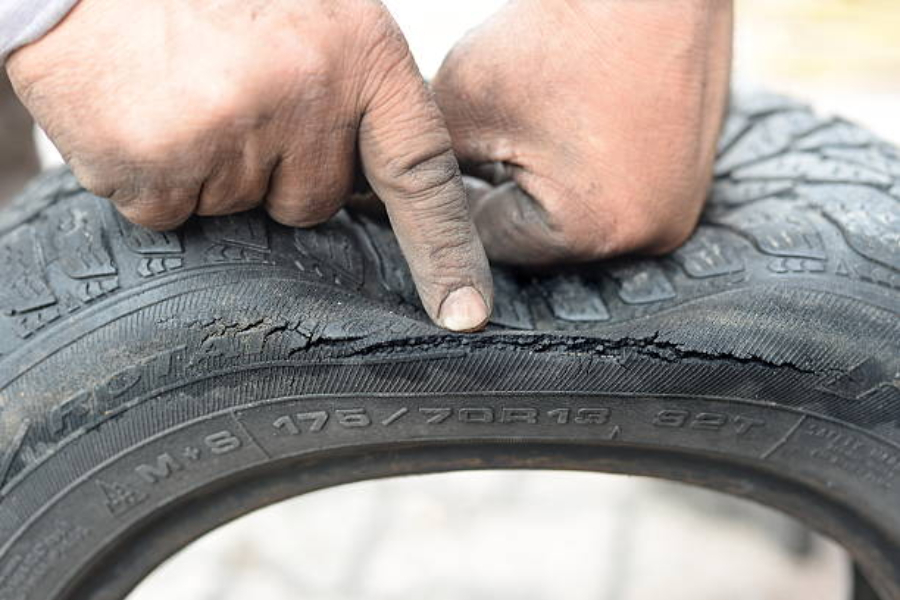Tires are as important as the engine. Every time a car is driven, the tires beat, and after some time, they get worn out. To maintain the efficiency of a car and to reduce the risk of getting into an accident caused by tire issues, take good care of the tires and replace them at the right time. Failure to replace vehicle tires on time may lead to serious consequences.
Here, we will look at how to know if it is time to replace car tires. And we will also discuss the different types of tires available in the market.
Table of Contents
Types of automotive tires
How to know if it is time to replace car tires
Conclusion
Types of automotive tires
1. Standard tires
Standard tires are also called general usage tires or stock tires. They are already fitted on the vehicles at the time of purchase. This set of tires is usually tested and approved by the manufacturers, thus guaranteeing optimized performance.
Pros
– They are good-looking, thus adding style to the vehicle.
– Independent sidewalls and tread designs enable flexibility.
Cons
– They are easily damaged as they have a smaller air cushion.
2. Touring tires
Touring tires are usually associated with comfort. The pattern of the treads offers driving comfort as it reduces vibrations and minimizes noise levels. Interestingly, the inner and outer tread patterns are asymmetrical. These tires are premium, so they are normally used for premium vehicles.
Pros
– They provide longer life for treads due to the asymmetrical tread patterns.
– They offer improved dry and wet traction as they have an all-season advantage.
– They are more suitable for long-distance travel.
Cons
– They are less safe due to minimal responsiveness to braking and cornering.
– They lack flexibility on different terrain.
3. Sporty tires

Sporty tires are also called performance tires. They are primarily designed for a firm grip. While at high speeds, the soft tread compound rubber gives maximum grip during wet and dry conditions. Notably, most sports vehicles come fitted with superior performance tires to handle speed and cornering capability. The tread patterns are a bit aggressive; thus, they are noisy at high speeds and while breaking.
Pros
– They have enhanced safety as they take time to squeal and lose grip.
– They allow the vehicle to corner faster and brake easily.
Cons
– The stiffer sidewalls offer less comfort.
– They are costly.
4. High-speed tires
High-speed tires can be derived from pattern designs of both sporty and touring tires. They can resist high temperatures as vehicles speed with the possibility of rolling. These tires are mostly fitted on coupes, supercars, and sports cars.
Pros
– They have a better grip, which improves braking distance and handling.
– Safety of passengers and drivers on board is greatly enhanced.
– They have better resistance to heat accumulated during driving.
Cons
– They offer less flexibility while traversing different terrains.
– They provide relatively poor ride comfort.
5. All-terrain tires

All-terrain tires are fitted on utility vehicles that drive on dirt roads, tarmac, mud, sand, and rocky terrain. They have tread designs with chunky lugs that are tighter than the ones on off-road tires. The lugs enhance tire traction on loose surfaces as the smaller gaps between the lugs help in reducing noise on tarmac. The rubber used to make these tires is harder compared to standard tires. Also, the sidewalls are reinforced to withstand the impact of rocks and obstacles on rough terrain.
Pros
– They perform well on- and off-road.
– They offer comfort in both wet and dry weather conditions.
Cons
– The tread design may result in regular noise.
– The soft rubber is short-lived.
How to know if it is time to replace car tires
1. Treadwear

Treadwear describes the expected life of a tire. Regular checking of tire treads ensures safety. When tire treads are worn, the car will respond poorly in unfavorable weather conditions like snow and rain. Good treads ensure a firm grip on wheels on the road. Worn treads could make other car parts wear out prematurely. Also, most governments have strict regulations on tread wear ratings, as insufficient tire treads pose a risk to vehicle buyers and other parties.
2. Tire age
There are four numbers encrypted on the tire representing the tire age. The first two numbers are the week of the year, and the last two represent the manufacturing year. Old tires are very dangerous as they are more likely to cause accidents. For instance, the tread might separate from the old tire when moving. Notably, most vehicle manufacturers will recommend that car buyers change their tires every six years, regardless of the tread wear. On the other hand, most tire manufacturers will recommend replacing the tires every ten years.
3. Rubber cracks

They are evident tracks or cuts in the sidewall. The cracks could be an indication of a possible leak and could make the entire tire blow out. If the grooves on the tires are distinct and visible, then the tires should be replaced to reduce the risks of fatal accidents.
4. Bulges/bubbles
Abnormal bulges could be a result of driving with low pressure or through potholes and they can be checked on the sidewall of the tire. The presence of bulges indicates that the rigid internal frame of the tire is cracked or damaged. The damage lets air pressure penetrate the flexible outer layers making them bulge. Such tires should be replaced immediately to reduce the risk of accidents.
5. Vibrations
Vibrations could be felt on the steering wheel when tires are worn unevenly. It can be noted that vibration intensifies with the speed of the vehicle. Vibrations could also be caused by misaligned suspension, which is solved by balancing and alignment. Continuous tire vibrations mean the tires are damaged and require immediate replacement.
Conclusion
When it is time to replace tires, buyers should consider quality tires that fit their vehicles. The driving styles, terrain, and budget should also be considered. From the above guide, buyers should be able to know their types of tires and when they should be replaced. To find quality tires, visit Chovm.com.




